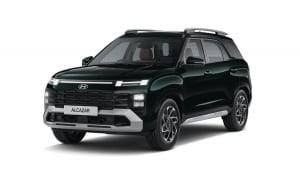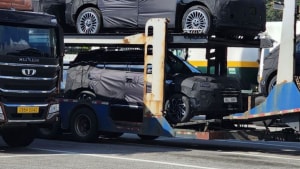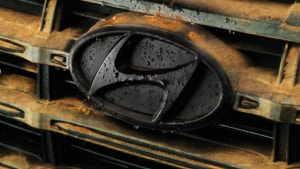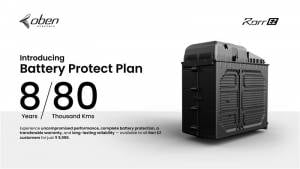2021 Hyundai Alcazar prototype first drive impressions
The MPV market in India, consisting of vehicles that are able to seat more than five persons is a substantially large one. And yet it has few players. Maruti, Renault, Nissan offer 6, 7-seat vehicles at the lower end for price-conscious buyers while Ford, MG, Toyota and Kia have offerings at the middle and top order in both SUV and MPV styles. Each appeals to the traditional Indian family, the ones that live as larger households encompassing more than four members. Hyundai Motor India's latest offering, the Alcazar is aimed at this family, though it takes the SUV route to bring in a more wholesome experience because an SUV can do a bit more than a regular multi-purpose vehicle.
The Alcazar is based on the bestselling Creta, an SUV that is considered one of the finest in the segment and which has had a phenomenally successful run for well over six years. It has been modified to envelop an additional row of seats, and then tweaked some more in the suspension and engine areas to bear the additional load. What it does not lose is the stance of the Creta, which means you still get the higher ground clearance, the robust build and the drive modes that can take you on a bit of an adventure.
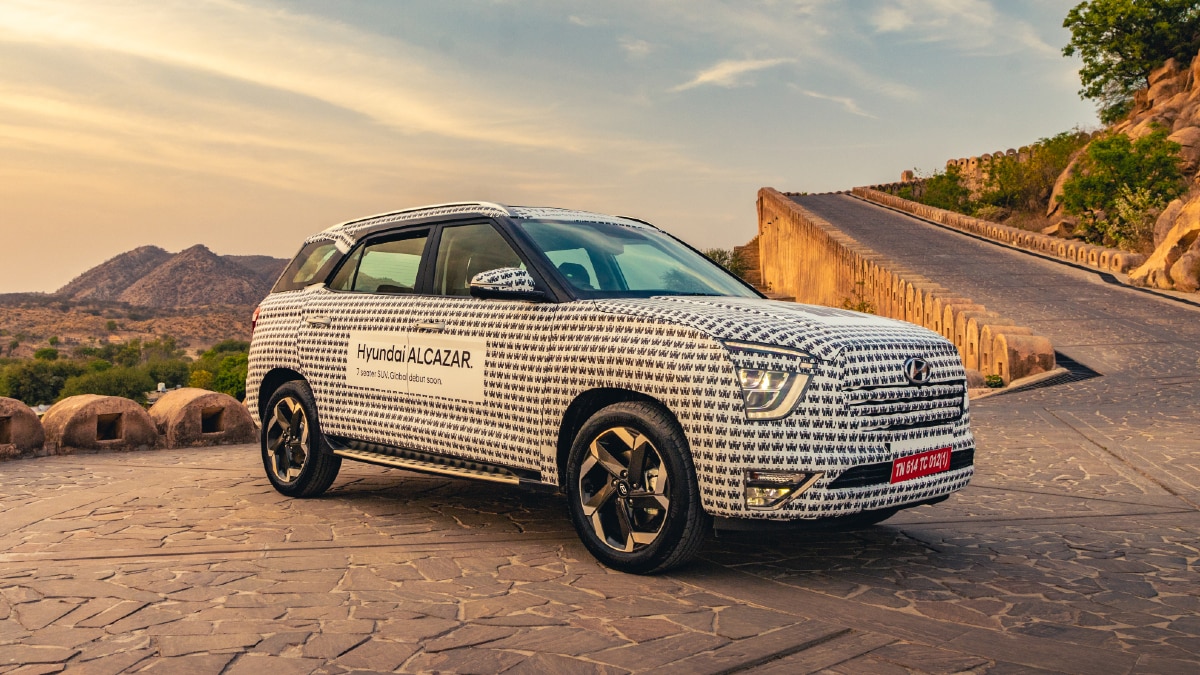
Without much fanfare, at the heart of the Alcazar is its three rows of seats. The cabin has been reworked to not just accommodate the three rows but to also provide each passenger with the necessary comfort and luxury that are synonymous with most premium Hyundai's. At the front end of the cabin, there are a few cosmetic changes to distinguish the Alcazar from the Creta. The first is the two-tone dashboard and the second is the ambience created by the mood lighting. The latter receives a fair amount of reworking, you can change the interior lighting colours and even the display look of the high definition electronic instrument panel, swinging between a sporty look to more subtle luxury displays. So colours, iconography, information can all be altered to suit the mood you are in.
Second, the space for the second and third-row passengers. You can configure your Alcazar to be a 6 or 7-seater SUV. In the 6-seater you get captain seats for the second row and a bench for the 7-seater. The last row in either configuration is a 50:50 split-bench seat that can be folded completely flat to increase boot space. The second row is placed on an adjustable rail, so it can be brought forward to provide more legroom for those in the third row or can be pushed further behind if the second-row passengers want more knee room to stretch out. The second row can also be reclined considerably if you'd like to snooze comfortably on a long drive. There are air-con vents for the second row passengers along with foldable working tables placed in the back of the front seats as standard equipment in the 6-seat configuration. The third-row passengers also get air-con vents with adjustable blower speeds, cup holders and USB charging points.
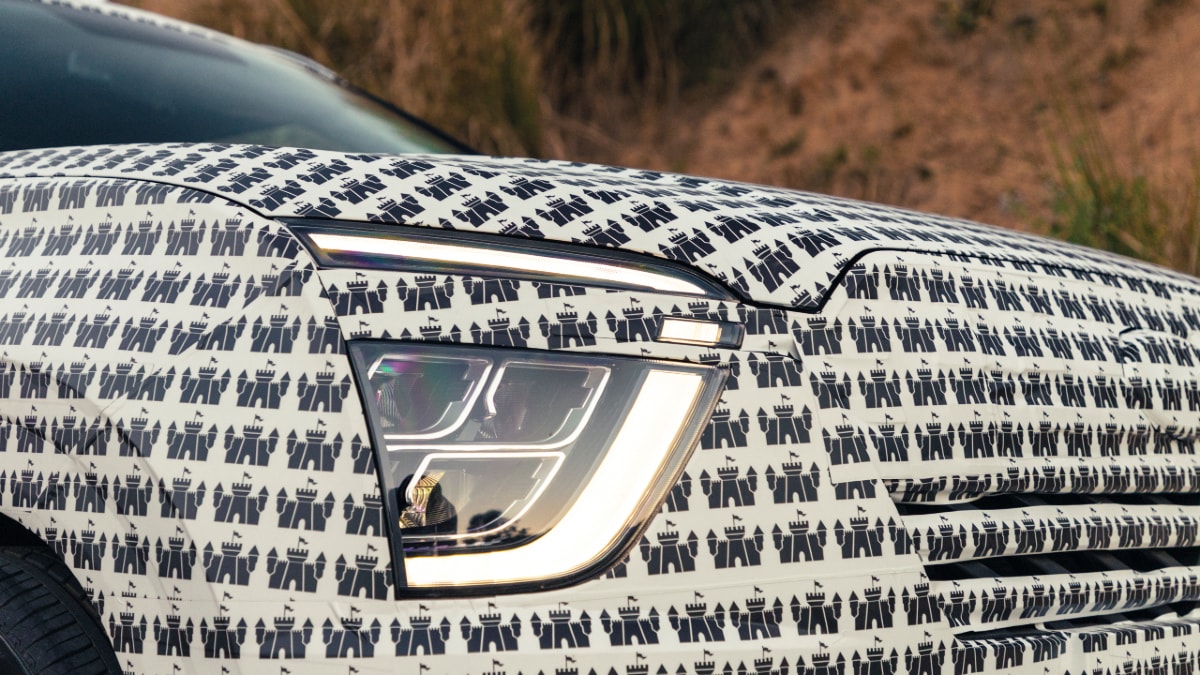
There are three areas that have been critically reworked to give the Hyundai Alcazar its distinct character and to support the three rows of passengers. The first is cosmetic, the front grille has been remodelled to lend it a slightly different appearance. It's a minor change but one that brings in a tremendously different visual, to the point where Hyundai probably needs to apply this treatment to the Creta is what the general consensus seemed to be.
The second and most important change is the extension of the chassis to place that third row of seats. This has brought about an increase in the wheelbase resulting in an overall longer vehicle. From 2610mm, the wheelbase of the Creta was extended to 2760mm, a whole 150mm longer in the Alcazar. While Hyundai hasn't released the dimensions of the Alcazar, safe to say that it should be around 150mm longer than the Creta. However, just increasing the overall length would create all sorts of issues with the dynamics and overall strength of the chassis, so it was strengthened and the suspension tweaked to enhance stability.

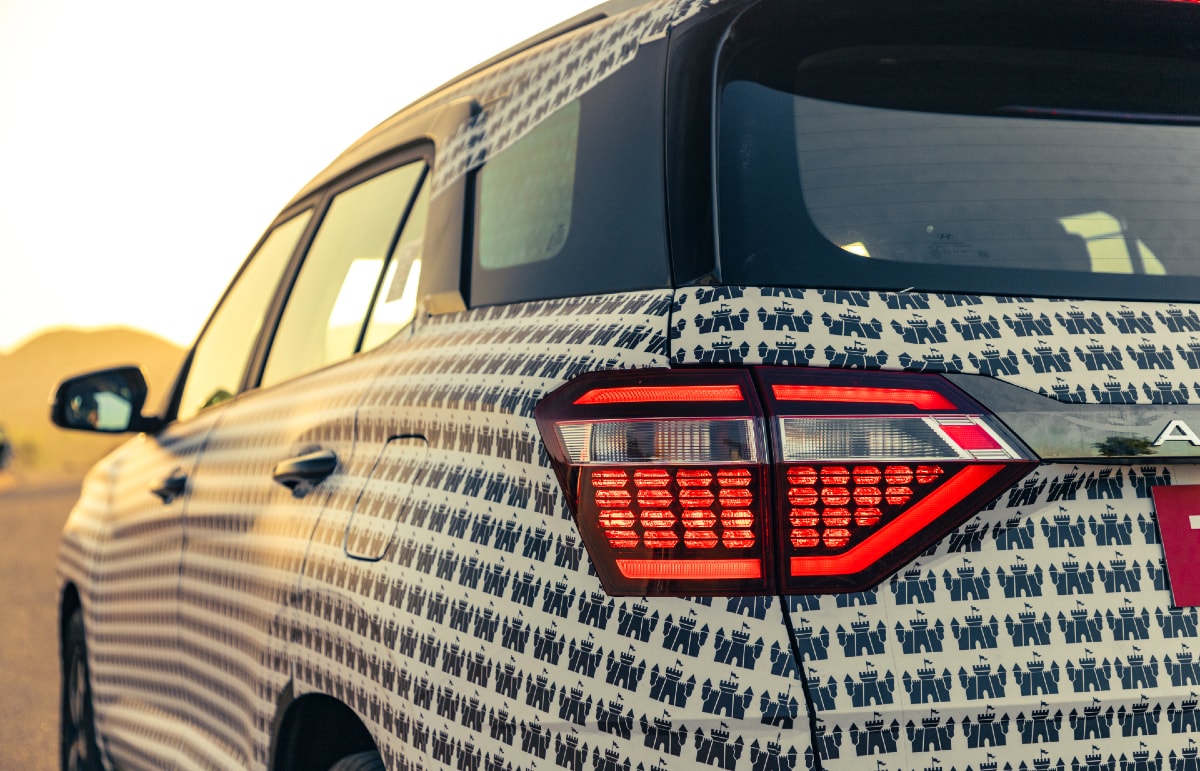
The addition of advanced high strength and high strength steels and more weld points provide the chassis with the necessary stiffness and strength. And then to manage the increase in weight with the track remaining the same as the Creta, the suspension has been reworked to give it a more supple ride, reduce roll and bear the additional load. At the front end, a rebound stopper on the suspension strut reduces pitch while a more upright position for the dampers at the rear keep the tail end in control. The Alcazar also rides on 18-inch wheels and 255/65 section tyres which adds more volume to the ride control.
The third area was the powertrain. Adding two more passengers increases the load on the engine and to offset the stress, a new third-generation 2.0-litre direct injection naturally-aspirated petrol with variable valve timing has been introduced, exclusive to the Alcazar. This petrol is part of the Nu family of engines which also powers the larger Tuscon. In the Alcazar, it has been tweaked to deliver more power, 159PS, with similar amounts of torque, 191Nm of it. Hyundai also claims that this engine in the Alcazar is 4.4% more efficient with class-leading acceleration, enabling it to achieve a sub 10 second time in the 0-100kmph run. There is also a diesel, the 1.5 U2 VGT that has been carried forward from the Creta. It delivers 115PS with an adequate 250Nm of max torque. Both engines come with a choice of a 6-speed manual or automatic transmissions, though the Alcazar does not get the dual-clutch seven-speed transmission that is available in the Creta. You do however get the drive selector function on the automatic transmission variant.

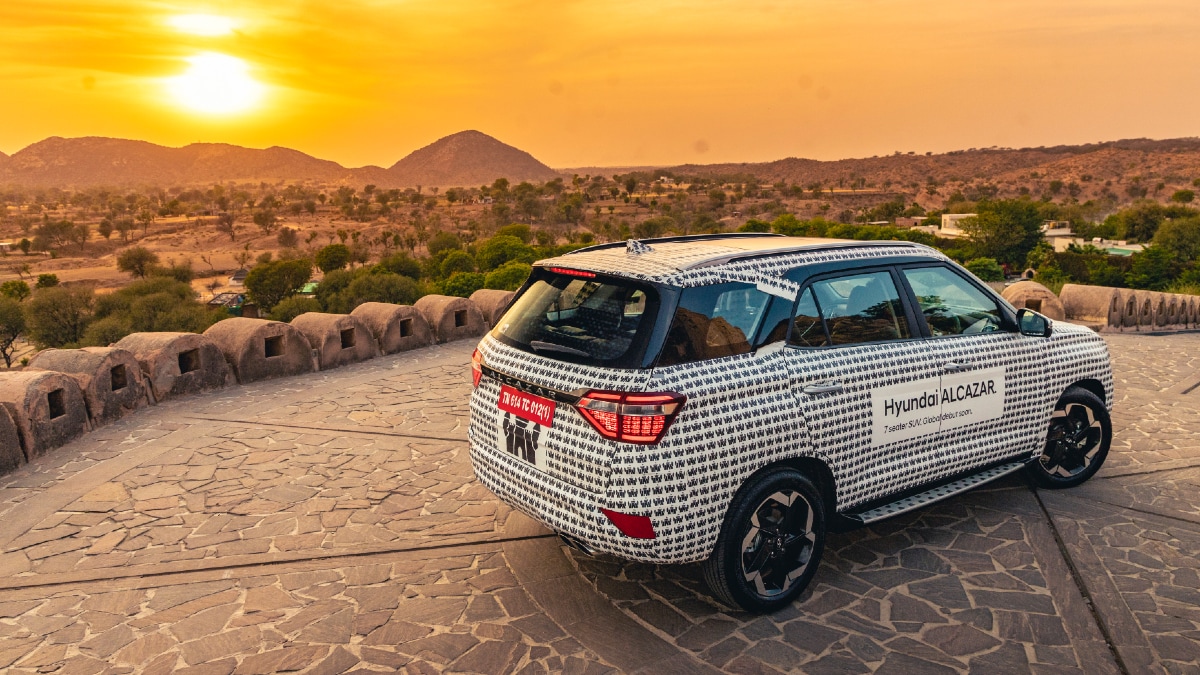
Ride quality, stability and performance felt adequate, but we were only allowed to drive the car as many times as we wanted on a 5km stretch that was largely made up of smooth tarmac and 2 corners. That's barely enough room to give you a detailed opinion, so I'll let that stay until we do a more comprehensive drive in the coming month. The one prototype I drove has some issues with the manual transmission, at around 4000rpm it simply wouldn't shift into a higher or lower gear. And the engine felt like it had hit a blank spot just around 2000rpm every time I accelerated hard. And that is a bit of concern I have with driving pre-production prototypes, they are never ever completely ready cars to give us a clear and concise picture.
Nonetheless, the Alcazar on the face of it seems to make a good and strong case for a 7-seat SUV. It has all the right attributes to appeal to that market space and I'm quite looking forward to driving a proper production-ready model.
The writer of this story can be reached @BertrandGDsouza on Twitter and @bertdsouza14 on Instagram
Starts Rs 16.3 Lakhs
1493cc
Automatic
115
250
-NA-
